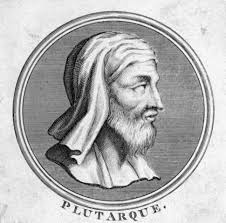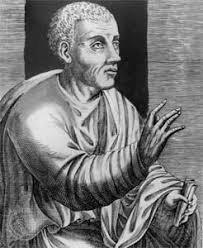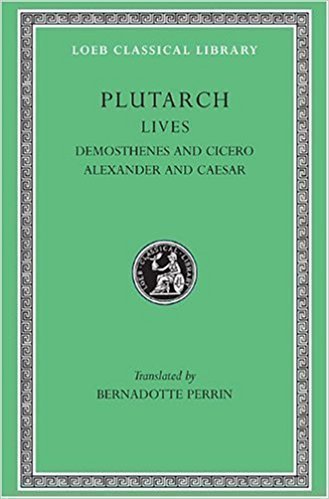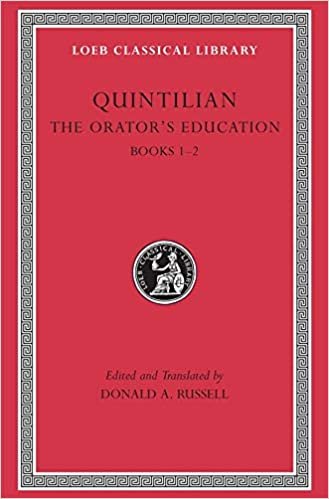Back to Course
How to Teach History
0% Complete
0/0 Steps
-
Lessons & Discussions
Lesson 1: What Is History and Why Study It? (Preview Content)3 Topics|1 Quiz -
Discussion 1: How to Teach History (Preview Content)1 Topic
-
Lesson 2: History and the Liberal Arts (Preview Content)3 Topics|1 Quiz
-
Discussion 2: How to Teach History1 Topic
-
Lesson 3: The Role of History in Classical Education4 Topics|1 Quiz
-
Discussion 3: How to Teach History1 Topic
-
Lesson 4: Problems in the Study of History4 Topics|1 Quiz
-
Discussion 4: How to Teach History2 Topics
-
Lesson 5: Developing as a Student of History3 Topics|1 Quiz
-
Discussion 5: How to Teach History (Preview Content)2 Topics
-
Lesson 6: Essential Qualities and Practices of a History Teacher3 Topics|1 Quiz
-
Discussion 6: How to Teach History1 Topic
-
Lesson 7: Important Books for the Study of History3 Topics|1 Quiz
-
Lesson 8: Major Historians Teachers Should Know2 Topics|1 Quiz
-
Lesson 9: Two Ancient Historians---Livy3 Topics|1 Quiz
-
Lesson 10: Two Ancient Historians---Bede3 Topics|1 Quiz
-
Discussion 10: How to Teach History2 Topics
-
End of Course TestEnd of Course Test: How to Teach History1 Quiz
Lesson 11,
Topic 1
In Progress
Images: The Essential Qualities and Practices of a Teacher of History
Lesson Progress
0% Complete
In this lecture, Wes Callihan notes the essential qualities and practices that should characterize a history teacher. He begins by suggesting that humility and gratitude should be chief virtues for the teacher of history. He also uses the ancient rhetor and author Quintilian (35–100 AD) as a departing point for speaking about attaining copiousness. He also cites Plutarch (45–120 AD), who says in his Moralia that education is “not filling a bucket but lighting a fire.”
Below are images of Quintilian and Plutarch, and books published by each.






